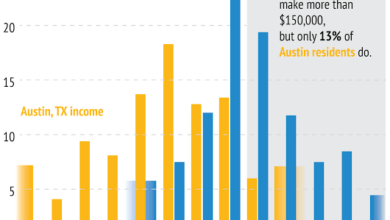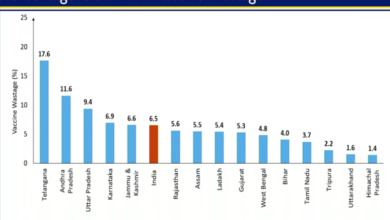Patriarchy in Science

By Aakanksha Chaturvedi
Since the twentieth century to the current times, many women are becoming accepted for their efforts in science and technology. But, women usually find themselves at odds with presumptions held towards them related to their scientific studies. For instance, in the year 1968 James Watson (the person who got the credit for discovering DNA) probed scientist Rosalind Franklin’s(the person who actually discovered the DNA) place in scientific research and technology. He asserted that “the best place for a feminist was in another person’s lab”, most often a male’s research lab. Women were and still are frequently criticised for their general presentation. In Franklin’s example, she was seen as not having femininity for she didn’t wear lipstick or revealing clothing.
Rosalind Franklin, the uncredited discovery of DNA.
Since on an average most of a woman’s colleagues in scientific research and technology are men who do not see the women working as their true social peer, the women will also find herself left out of chances to explore probable research opportunities beyond the laboratory. In Londa Schiebinger’s book, ‘Has Feminism Changed Science?’, she raises the fact that men would have discussed their research outside of the lab, but this conversation is preceded by culturally “masculine” small-talk topics that, if intentionally or not, kept out women influenced by their culture’s feminine gender role from the conversation. In consequence, this act of keeping many women out from the after-hours work conversations resulted in a more segregated work environment between the men and the women in science; as women then would talk with other women in science about their current findings and theories. Eventually, the women’s work was depreciated as a male scientist was not a part of the overall research and analysis process.
As per the Oxford University Press, the discrimination and inequality towards women is “endorsed within cultures and entrenched within institutions [that] hold power to reproduce that inequality”. There are numerous gendered obstacles in social networks that stop women from working in male-dominated fields and top management gigs. Social networks are based on the cultural beliefs like schemas and stereotypes. In accordance to social psychology studies, top management jobs are more likely to have incumbent schemas that have a bias towards “an achievement-oriented aggressiveness and emotional toughness that is distinctly male in character”. Gender stereotypes of feminine style created by men conclude women to be conforming and submissive to male culture setting a sense of unqualified women for top management roles. But, when the women try to prove their competence and power, they usually come across hurdles. They are probably seen as unlikable and untrustworthy even when they perform “masculine” tasks with excellence. Additionally , women’s achievements are usually dismissed and/or discredited. These “untrustworthy, unlikable women” could have very well been refused achievement from the fear men held of a woman overtaking his management role. Social networks and gender stereotypes create many injustices that women have to go through in their workplace, also, the several hurdles they come across when trying to get ahead in male-dominated and top management positions.
Women in professions like science, technology, and other ancillary industries are likely to come across these gendered obstacles in their professional life. Based on the meritocratic clarification of gender inequality, “as long as the people accept the procedure that produces unequal outcomes”, all the results will be legitimated in society. When women try to refuse the stereotypes and the discriminations by becoming “competent, integrated, well-liked”, the society is more likely to look at these impressions as selfishness or self centred or “being a whiner”. But, there have been constructive endeavours to lessen the gender discrimination in the public sector. For instance, in the United States, Title IX of the Education Amendments of 1972 provides chances for female scientists to get a wide spectrum of education programs and activities by putting an end sex discrimination. Though, even with legislations forbidding gender discrimination and inequality, society and social institutions pursue to reduce women’s competencies and achievements, specially, in the workforce by dismissing or discrediting their accomplishments as stated above.
Literary Sources:





